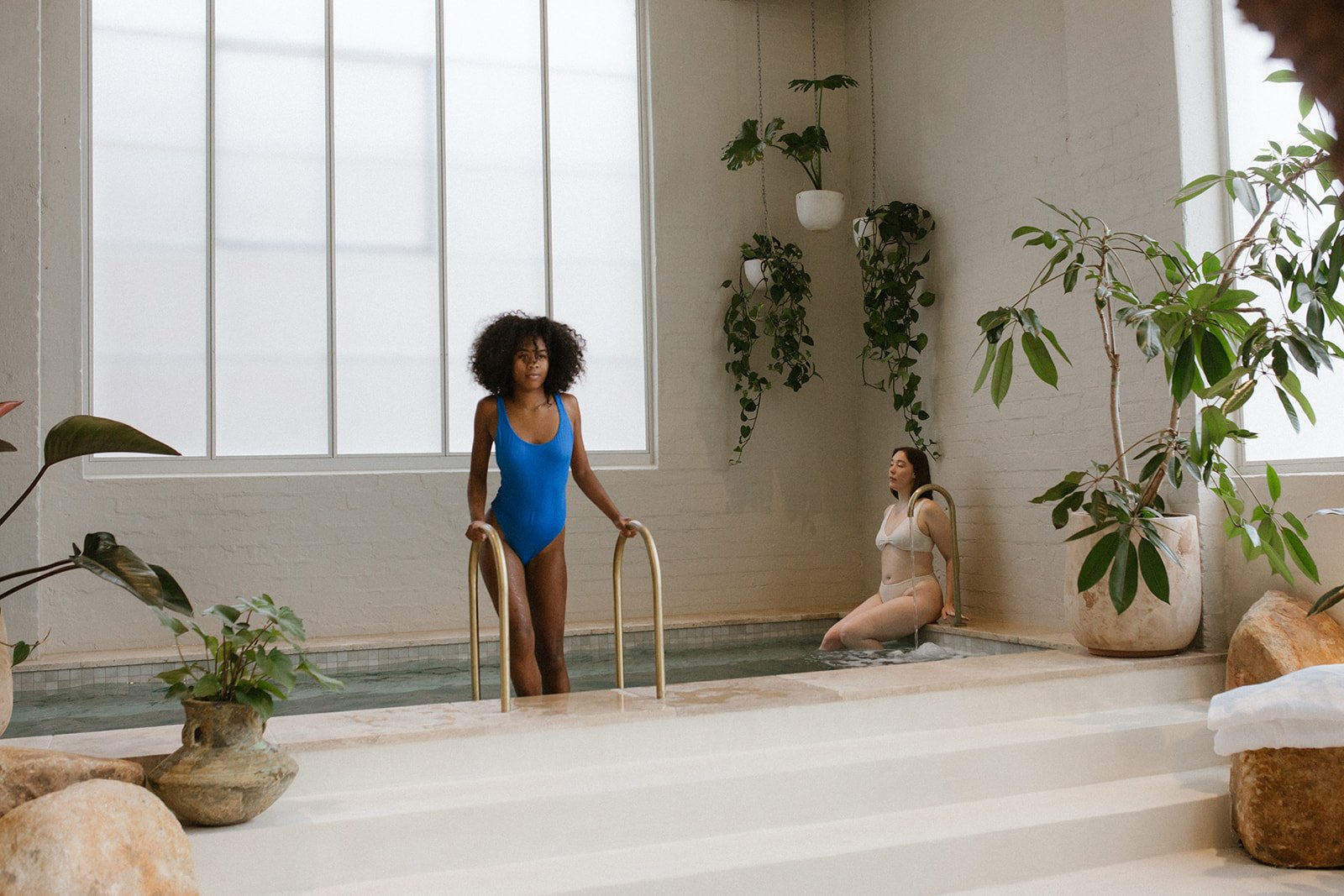Creating space for idle time
With the last months of the year upon us, we may start to think about creating space for idle time in what can be a fulfilling, yet demanding, time of the year. We may feel equally energised by what’s to come, and overwhelmed by the rush of things to get done, feeling our attention fragment as we long for some space from screens and to-do lists. Often, we hear the word ‘attention’ used negatively - that it’s something lost, disrupted, fragmented by the nature of technology in our lives. Yet we can shift our thinking about attention into a more positive light, thereby seeing it as something we can harness, work with, and enjoy.
Tied to this idea of attention are value and time. It’s not realistic, for most of us, to just switch off from technology or do a sporadic ‘detox’. As with so many things, finding balance and boundaries is a more sustainable way forward.
We use technology to connect and stay connected, to learn, to express ourselves. It exists for good in many ways. Yet the boundaries can blur when it starts to enter our downtime, our relaxation time, our time alone. If it’s present at all of these moments, we can forget to just ‘be’ without it: to let our attention wander, to sit outside and just look at what’s around us, to eat a meal and really see and taste our food. We can, however, pay attention to what we give our attention to.
Conceptually, it’s interesting that we frame attention as something given or paid, and perhaps what we’ve become disconnected from is the idea that this can be a choice. Yet it is something within our possibility to choose and shape, and this is for the better. In the words of American writer and intellectual Susan Sontag:
‘Pay attention. It's all about paying attention. Attention is vitality. It connects you with others. It makes you eager. Stay eager.’
In an interview with the podcast OnBeing, poet Naomi Shihab discusses the Japanese word yutori, and how she came to learn about it while in Japan. She was told by a student that yutori ‘is spaciousness. It’s a kind of living with spaciousness. For example, it’s leaving early enough to get somewhere so that you know you’re going to arrive early, so when you get there, you have time to look around.’ This concept of spaciousness in living, and therefore thinking, seems the perfect antidote to those times we feel we’ve lost our attention, or when technology has taken more of it than it probably should.
There are moments when this spaciousness naturally comes into our lives - when we sleep, when our phones are out of range, when we swim or bathe. Our attention shifts to sensation, the body, the moment we’re in. It could be the ideal concept to consider at this time of year, as we look towards some idle time and literal spaciousness in our calendars. While it can be easy to overplan the holiday period, if we can learn a little wisdom from the concept of yutori, we could plan for a day with no plans, or a few hours away from a screen. It might remind us of those seemingly endless summers of childhood, when we had ‘time’ to be bored - a special kind of spaciousness that’s harder to find in our adult lives, but certainly possible if we make room.
Words by Katherine Brabon

